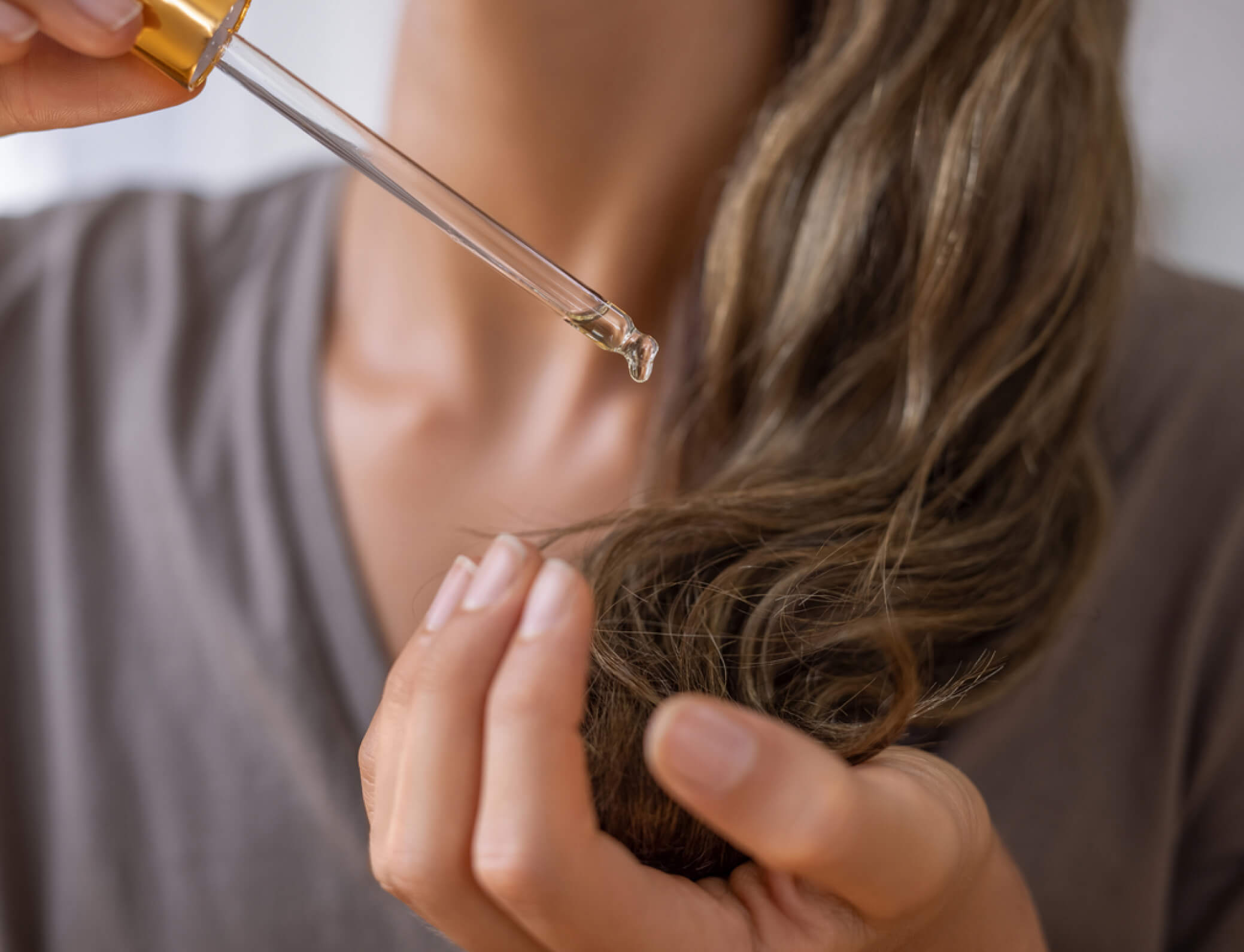Study: Home Hair Care Product Chemicals Can Linger in the Air, Cause Harm
Editors carefully fact-check all Consumer Notice, LLC content for accuracy and quality.
Consumer Notice, LLC has a stringent fact-checking process. It starts with our strict sourcing guidelines.
We only gather information from credible sources. This includes peer-reviewed medical journals, reputable media outlets, government reports, court records and interviews with qualified experts.

New research shows that some hair care products can release chemical residue that could linger in the air, prompting concerns about inhalation and air quality.
A newly published study by Purdue University notes the presence of harmful chemicals, including one restricted in Europe — but not the U.S.
“We found the results to be extremely alarming,” said Nusrat Jung, an assistant professor in the Lyles School of Civil Engineering at Purdue in Indiana in a university blog post. “We did not expect to see such significant emissions of volatile chemical mixtures from off-the-shelf hair care products during typical hair care routines that many people perform each and every day.”
Many hair care products today include an ingredient called decamethylcyclopentasiloxane, or D5 siloxane, an organosilicon compound known for its ability to easily evaporate in the air among other things. It’s found in items like hair sprays, hair gels and hair waxes.
In a single, at-home hair styling session, people could be inhaling between 1 and 17 milligrams of potentially harmful chemicals, researchers found.
Applying heat to these chemical-laden hair care products can further release toxins in the air by up to 310%, according to the study.
In recent years, other hair care products, including chemical hair straightening products, have come under scrutiny for potential harm to users.
Nearly 8,000 chemical hair straightener lawsuits have been filed in multidistrict litigation following a 2022 study by the National Institutes of Health that found women who used chemical hair straighteners had a greater risk of developing uterine cancer.
Lawsuits are still in the early stages and lawyers expect more people to file hair straightener lawsuits.
What Is Being Released Into the Air?
Researchers first designed a tiny house laboratory called the Purdue zero-Energy Design Guidance for Engineers, or zEDGE, where they spent months conducting research.
The study used realistic hair care experiments that mimicked actual hair care routines at home.
Participants in the study were asked to bring their own hair care products and styling tools from home to replicate their routines in zEDGE where lab equipment tracked the air quality. After styling, participants had two minutes to collect their hair care items and tools and leave the lab.
While the lab was unoccupied, machines monitored the decay of the indoor volatile organic compound concentrations from the styling products.
Researchers found, using second-by-second monitoring for volatile chemicals, elevated levels of D5.
“D5 siloxane has been found to lead to adverse effects on the respiratory tract, liver and nervous system of laboratory animals,” Jung said. “The use of the chemical in wash-off cosmetic products has already been restricted in the European Union because of this. Many of these products are scented, too, and some of the chemicals used to make these fragrances are potentially dangerous to inhale as well.”
The EU restricts the use of D5 in styling aerosols like hairspray because D5 may be aerosolized and toxic.
“Exposure to D5 coming from hair styling spray products also triggers high levels of aggregated exposure which may also lead to concentrations in the air above the value considered safe by the SCCS,” according to a 2015 opinion on D5 in cosmetic products by the EU’s Scientific Committee on Consumer Safety.
Minimizing Exposure to D5 and Other Chemicals
Researchers suggest that the best way to limit exposure is to stop using hair care products that contain D5.
“The best solution is to simply not use these products,” Jung said. “I used to use similar products myself to straighten my hair, but after we analyzed the data, it became immediately clear that the best thing I could do to protect my own health was to stop using them.”
If you continue to use the products, turn on an exhaust fan to minimize the amount of chemicals being inhaled. While that can reduce D5 inhalation inside the house, it can further spread the chemical into the environment.
“There’s a good reason why these chemicals are restricted from being used in wash-off hair care products in certain parts of the world,” Jung said. “The effects on people and the planet need to be studied further and regulatory action needs to be taken.”